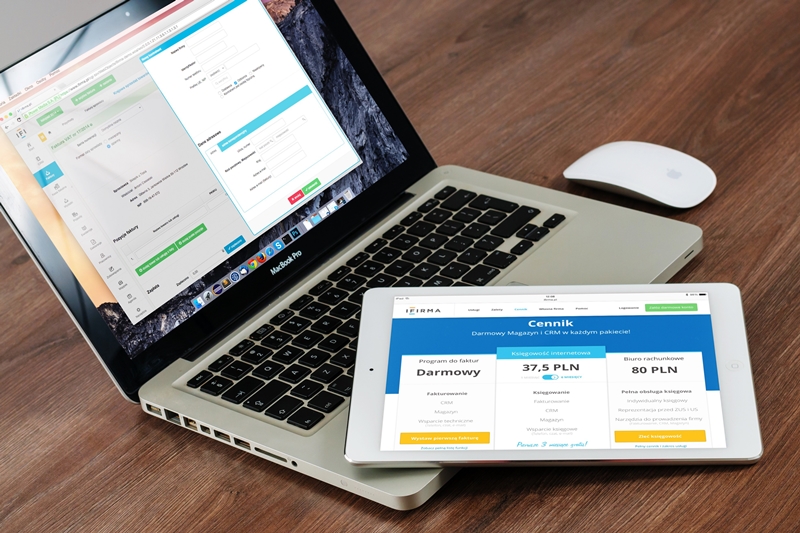In this day and age, online brand presence is everything — this is especially true if you’re a startup business. While fees for site development may seem too much, this is actually a cheaper, more convenient alternative than traditional advertising and promotions.

Prior to the world wide web, people needed to hop location after location trying to peddle their products. For service providers, they had to print tons of posters and flyers and put them all over the city, which is no longer ideal when everybody’s on their phones.
But before you jump into building your startup’s website, you should first determine how you want it to work for you. This way, you use your website to its full advantage. For this, here are some tips you might want to consider in creating your brand-new website.
1. Build an engaging website
A website with an impressive web design makes your brand appear more credible.
Your company’s web design should be aligned with your brand identity. The colours should resonate with your brand and the elements should effectively convey your message to your audience.
For instance, if you’re starting a clothing line with retro-loving young adults as your target market, your website should strike the balance between colourful and fun and nostalgic.
However, the design is just one aspect of an effective website. For best results, compelling web design should be partnered with a seamless user experience.
When people find that they can navigate your site easily and experience no lags, they’re likely to stay and read the rest of your website’s content.

2. Play with your strengths
You know your brand the best, so you should be able to tell which aspect of it would interest your target audience.
If you’re offering a never-before-seen product, it is best to list down all its good qualities, stressing why people need this in their lives.
If there are tons of rivals in your area, look for other ways to appeal to prospective customers. Do quick competitor research, take a look at their sites, and see what else hasn’t been done.
For instance, on Notary Singapore’s site, Michael Loh lays out his credentials as a notary public as well as discloses the fees for his services to attract more clients. This is helpful because many service providers don’t usually reveal their fees and prospective customers appreciate not having to make a call to get a quotation.
3. Optimise your copy
A search engine-optimised copy helps your website rank on Google’s search results. If you’re one of Google’s first suggestions for a certain keyword, your site is guaranteed more clicks.
To optimise your content, your website copy should repeat certain keywords that people often search for.
Take for example Water Heater Repair Singapore. The service provider uses “best water heater repair in Singapore” to increase its presence under the keyword on Google.
At the same time, your copy should remain engaging. You should discuss as much about your brand, products or service while keeping the reader interested. This way, you can convince more people to buy your product or get your service.
4. Use Call To Action buttons to your advantage
Once you’ve laid down the reasons why people should choose your brand, remember to use a fitting Call To Action (CTA) button. An effective CTA succeeding an appealing copy secures the customer and ensures that they get their products or services from your business.
Some of the most common CTAs used in websites are “Learn More”, “Shop Now”, “Get a Free Quote”, “Book an Appointment” or simply the business’s contact number. However, digital marketing experts continue to develop more creative CTAs.
“Make the Switch” is an excellent choice of CTA for innovative products. Meanwhile, “Become an ambassador” and “Join the fight” are a few great examples of engaging CTAs for non-profits.
Just remember that using a hip CTA won’t automatically work for your brand. It still has to suit your product or service as well as your branding. For this, social media management platform Hootsuite has some examples for the best CTAs to use depending on your goals for your brand.
5. Provide your contact information
Customers don’t like to be kept in the dark, so make sure to provide all of your pertinent contact details on your website. This often includes your business’s cell number, phone number, email, and location.
If applicable, you should also link your social media sites. This actually helps a lot in pulling in new customers as it gives them a way to check how your brand is doing and how other people are enjoying your products or services.
By providing this information, you’re also preventing customers from losing their interest in your brand’s product or service due to the hassle they have to go through in order to connect with it.
Building a site for your brand is not the easiest of tasks, but it is not the hardest either. The bottom line is, you simply have to know your brand and what you want it to achieve.
If you’re a startup company, do note that you don’t need to have an in-house team to create your website. There are plenty of web development companies that can build you an attractive, user-friendly website with optimised content that also ranks well on search engines.



